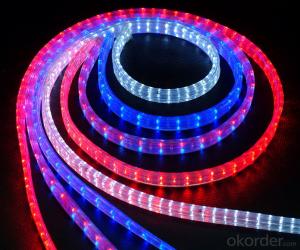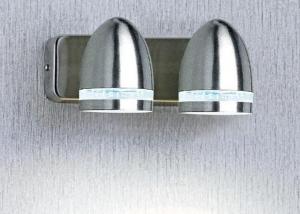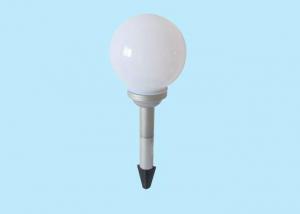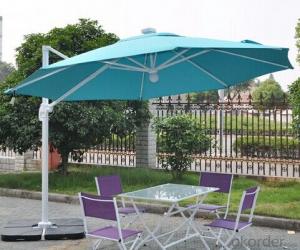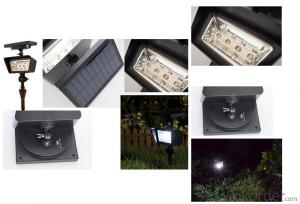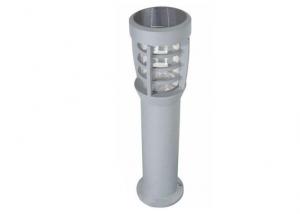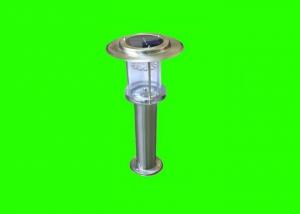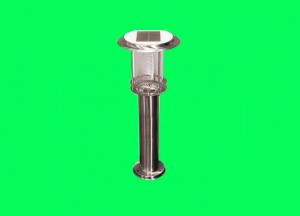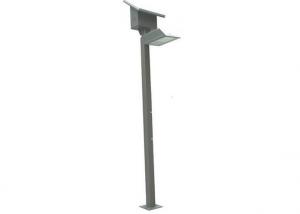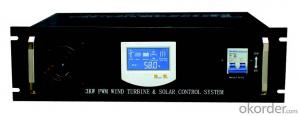Outdoor Solar Inverter
Outdoor Solar Inverter Related Searches
Outdoor Solar Inverter Cover Portable Solar Inverter Solar Solar Inverter Inverter Solar Offline Solar Inverter Inverter For Solar Rooftop Solar Inverter Solar Energy Inverter Install Solar Inverter Portable Solar Power Inverter Sun Solar Inverter Power Inverter Solar Inverter Power Solar Power Solar Inverter Solar Battery Inverter Home Solar Inverter Solar Inverter For Home Solar Electric Inverter Solar Rooftop Inverter Offgrid Solar Inverter Inverter With Solar Input Solar Plant Inverter Solar Converter Inverter Solar With Electric Inverter Solar Light Inverter Solar Inverter Installed Inverter Solar Panels Inverter For Solar Farm Battery Solar Inverter Buy Solar InverterOutdoor Solar Inverter Supplier & Manufacturer from China
Outdoor Solar Inverters are specialized devices designed to convert the direct current (DC) generated by solar panels into alternating current (AC) that can be used by electrical appliances and fed into the power grid. These inverters are engineered to withstand harsh outdoor conditions, making them ideal for various renewable energy applications, such as residential rooftops, commercial buildings, and off-grid systems.The outdoor solar inverter plays a crucial role in the efficient functioning of solar power systems, ensuring that the generated electricity is compatible with the existing electrical infrastructure. They are widely used in various scenarios, including grid-tied systems where excess power can be fed back into the grid, off-grid systems that provide electricity in remote areas without access to the power grid, and hybrid systems that combine solar power with other energy sources like batteries or generators. These versatile inverters are essential for maximizing the benefits of solar energy and reducing reliance on fossil fuels.
Okorder.com is a leading wholesale supplier of outdoor solar inverters, offering a vast inventory of high-quality products from reputable manufacturers. With a commitment to providing reliable and cost-effective solutions, Okorder.com caters to the needs of businesses and individuals looking to invest in sustainable energy solutions. Their extensive range of outdoor solar inverters ensures that customers can find the perfect match for their specific requirements, whether it's for a small-scale residential project or a large-scale commercial installation.
Hot Products







